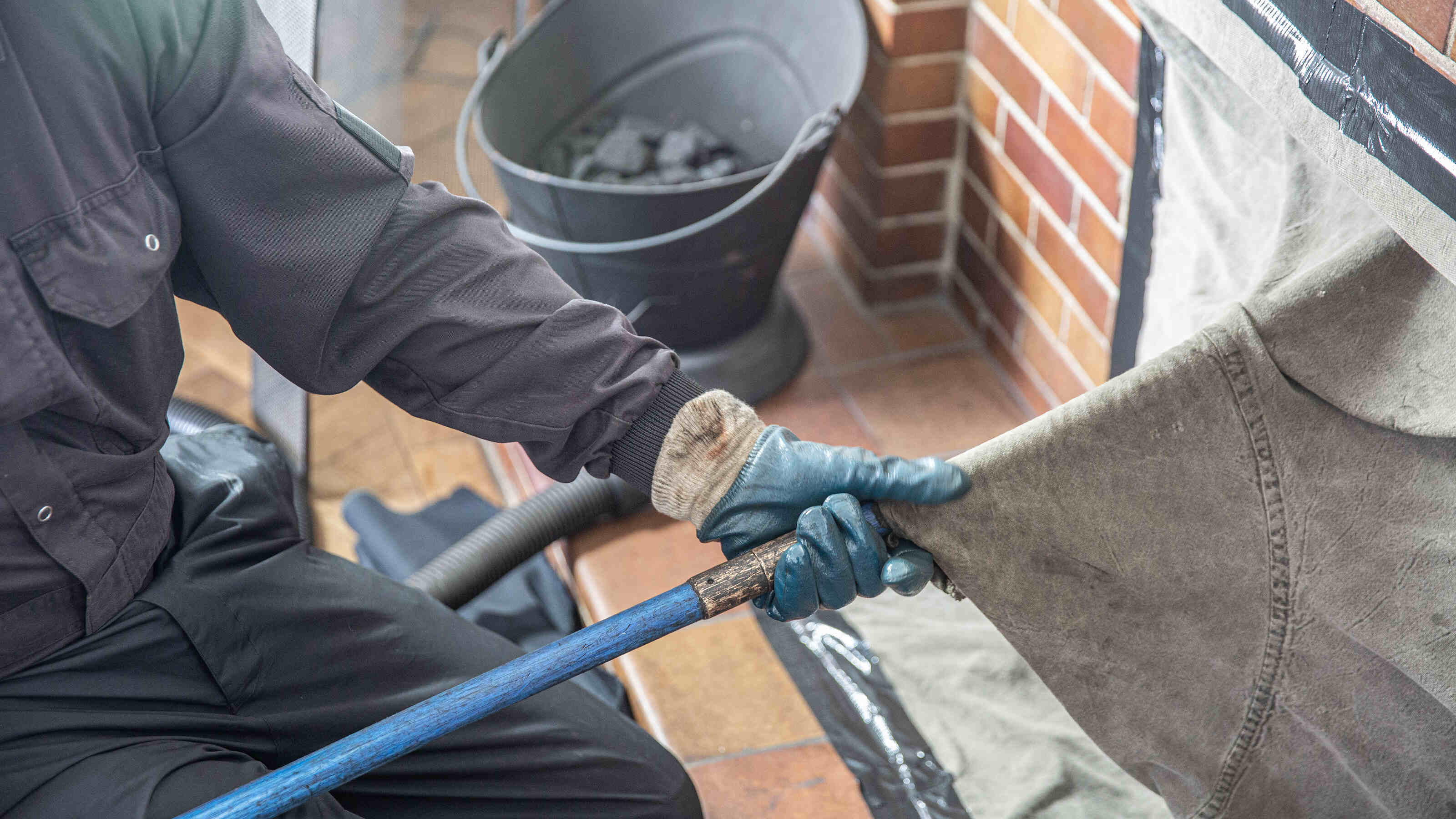

Articles
How Often Should You Sweep A Chimney
Modified: January 18, 2024
Discover how often you should sweep a chimney with our informative articles. Keep your home safe and your chimney in top condition with expert advice.
(Many of the links in this article redirect to a specific reviewed product. Your purchase of these products through affiliate links helps to generate commission for Storables.com, at no extra cost. Learn more)
Introduction
Welcome to our comprehensive guide on how often you should sweep a chimney. Chimneys are an essential component of many homes, providing warmth and comfort during the colder months. However, they require regular maintenance to ensure safe and efficient operation.
Chimney sweeping is a crucial part of chimney maintenance as it helps remove built-up soot, debris, and creosote, which can pose significant risks if left unchecked. In this article, we will delve into the importance of chimney sweeping, factors affecting the sweeping frequency, recommended guidelines, signs that indicate your chimney needs cleaning, DIY tips, and when it may be necessary to hire a professional chimney sweeper.
By the end, you’ll have a clear understanding of how to effectively maintain your chimney, promoting its longevity and preventing hazards.
Key Takeaways:
- Regular chimney sweeping is crucial for preventing chimney fires, improving ventilation, and identifying potential issues, ensuring the safety and longevity of your chimney system.
- Factors such as usage, fuel type, chimney size, and environmental factors determine the ideal chimney sweeping frequency, with professional inspections and cleanings recommended at least once a year for wood-burning fireplaces and stoves.
Importance of Chimney Sweeping
Chimney sweeping is a critical aspect of maintaining the safety and functionality of your chimney. Regular sweeping helps remove creosote, a highly flammable substance that can build up inside the chimney lining. Creosote is a byproduct of burning wood and other fuels, and if not removed, it can easily ignite and cause a chimney fire.
In addition to creosote, chimneys can accumulate other debris such as leaves, twigs, bird nests, and even small animals. These blockages can obstruct the airflow, leading to poor ventilation and increasing the risk of harmful gases, like carbon monoxide, entering your home. Sweeping the chimney thoroughly removes these obstructions, ensuring that the smoke and toxic gases escape through the chimney as intended.
Regular chimney sweeping also helps prevent chimney draft issues. When a chimney is not properly cleaned, it can become clogged, causing a restriction in the airflow. This can lead to inefficient burning of fuels, resulting in poor heat output, excessive smoke, and a smoky or unpleasant odor inside your home. A clean chimney allows for optimal drafting, creating a more efficient and enjoyable fire.
Furthermore, chimney sweeping can uncover any potential damage or issues with your chimney. During the sweeping process, a professional chimney sweep will inspect the chimney for cracks, loose bricks, or other signs of deterioration. Identifying these problems early on can prevent expensive repairs down the line and ensure your chimney remains structurally sound.
Overall, regular chimney sweeping is crucial for maintaining the safety, functionality, and longevity of your chimney. It reduces the risk of chimney fires, improves ventilation, prevents draft issues, and allows for the early detection of any potential damage.
Factors Affecting Sweeping Frequency
The frequency at which you should sweep your chimney can vary depending on several factors. It’s important to consider these factors to determine the appropriate sweeping schedule for your specific situation.
1. Usage: One of the primary factors that influence chimney sweeping frequency is how often you use your fireplace or stove. The more frequently you use it, the more frequently you should have your chimney swept. If you use your fireplace or stove as a primary heat source during the winter months, sweeping should be done annually. However, if you only use it occasionally or for ambiance, cleaning may be required every two to three years.
2. Fuel Type: The type of fuel you burn in your fireplace or stove also affects the sweeping frequency. Different fuels produce different amounts and types of residue. For example, burning wood produces more creosote compared to burning gas. Wood-burning chimneys usually require more frequent cleaning, generally once a year, while gas-burning chimneys may only need to be cleaned every two to three years.
3. Chimney Size: The size of your chimney can impact how often it needs to be cleaned. A larger chimney may accumulate more soot and debris, requiring more frequent cleaning, while a smaller chimney may need less frequent cleaning. Consulting with a professional chimney sweep can provide guidance on the appropriate cleaning frequency based on your chimney size.
4. Environmental Factors: Environmental factors, such as the presence of nearby trees, can also impact chimney sweeping frequency. If your chimney is close to trees, it may be more susceptible to debris like leaves, twigs, and nesting materials, necessitating more frequent cleaning.
5. Previous Maintenance: If you’ve neglected regular chimney maintenance in the past, it’s crucial to schedule a thorough cleaning and inspection to address any built-up soot or obstructions. Once the chimney is cleaned, you can establish a regular maintenance schedule.
Remember, these factors are general guidelines, and it’s always best to consult with a professional chimney sweep to determine the ideal sweeping frequency for your specific circumstances. They will assess your chimney’s condition and provide expert advice on maintenance intervals.
Recommended Frequency for Chimney Sweeping
The recommended frequency for chimney sweeping can vary depending on the factors mentioned earlier. However, there are general guidelines that can help you establish an appropriate cleaning schedule for your chimney.
1. Wood-burning Fireplaces: If you regularly use a wood-burning fireplace, it is generally recommended to have your chimney swept at least once a year. This ensures the removal of creosote buildup, which can lead to chimney fires. If you use your fireplace frequently and burn a lot of wood, you may want to consider more frequent cleanings, such as every six months.
2. Wood-burning Stoves: Wood-burning stoves typically require more regular maintenance compared to fireplaces. It is generally recommended to have your chimney and stovepipe cleaned and inspected annually to remove creosote and other debris and ensure proper functioning.
3. Gas-burning Fireplaces or Stoves: While gas-burning appliances produce less creosote and residue, they still require chimney maintenance. It is recommended to have your gas chimney inspected and cleaned every two to three years to ensure proper ventilation and remove any potential obstructions.
4. Pellet Stoves: Pellet stoves burn compressed wood pellets, which produce minimal creosote compared to traditional wood-burning stoves. However, pellet stoves have specific maintenance requirements. It is generally recommended to have your pellet stove and chimney inspected and cleaned annually to remove any residual buildup and ensure optimal performance.
It’s important to note that these recommended frequencies provide a starting point, and individual circumstances may require more frequent cleanings. Factors such as excessive creosote buildup, chimney leaks, or the presence of animal nests may necessitate additional cleanings and inspections.
Ultimately, consulting with a professional chimney sweep is the best way to determine the ideal cleaning frequency for your specific chimney. They will take into account your usage, fuel type, and the condition of your chimney to provide personalized advice.
Remember, regular chimney sweeping not only ensures the safety of your home but also maximizes the efficiency and longevity of your fireplace or stove.
It is recommended to sweep your chimney at least once a year to remove any buildup of soot and creosote, which can pose a fire hazard. If you use your fireplace or wood stove frequently, consider sweeping it more often.
Signs that Your Chimney Needs Sweeping
Regular chimney sweeping is essential for maintaining a safe and efficient chimney. However, if you’re unsure about when to schedule a cleaning, there are several signs that indicate your chimney may be due for sweeping. Recognizing these signs can help you take prompt action to prevent potential hazards.
1. Excessive Soot Buildup: One of the most apparent signs that your chimney needs sweeping is the presence of thick soot or black, powdery substance inside the chimney. If you can see a thick layer of soot when using a flashlight or looking up into the chimney, it’s time to schedule a cleaning. Excessive soot buildup restricts airflow and increases the risk of chimney fires.
2. Soot or Smoke Odor: If you notice a strong soot or smoke odor in your home even when the fireplace is not in use, it may indicate that there is a blockage or buildup in the chimney. This odor can permeate your living space and may be a sign that your chimney needs sweeping to remove the source of the smell.
3. Slow or Poor Draft: If you’re experiencing difficulty in getting a fire started or notice that the smoke from the fireplace is not drafting properly up the chimney, it could be a sign of blockage or obstructions. A chimney with restricted airflow due to debris or buildup will not function efficiently. Cleaning the chimney will help restore proper ventilation.
4. Flakes of Creosote: While inspecting the inside of your chimney, if you notice flaky or crusty deposits that resemble black tar on the chimney walls, it’s an indication of creosote buildup. Creosote is highly flammable and poses a significant fire hazard. Sweeping the chimney removes this hazardous substance, reducing the risk of chimney fires.
5. Presence of Animal Nests or Debris: Chimneys can attract animals like birds, squirrels, or raccoons, who may seek shelter or build nests inside. The accumulation of twigs, leaves, and animal nests can obstruct the chimney, restricting airflow and potentially causing smoke and gases to backflow into your home. If you notice any signs of animal activity or debris, it’s important to have your chimney swept to remove these obstructions.
6. Previous Long Gap Since Last Cleaning: If it’s been a while since your last chimney cleaning, and you’re unsure about the condition of your chimney, it’s best to err on the side of caution and schedule a professional sweeping. This is particularly important if you’ve recently moved into a new home and are uncertain about the maintenance history of the chimney.
Remember, regular chimney inspections and cleanings are essential for maintaining a safe and efficient chimney. If you observe any of these signs, it’s crucial to contact a professional chimney sweep to address the issue promptly and ensure the proper functioning of your chimney.
Read more: How To Do Chimney Sweeping
DIY Chimney Sweeping Tips
While it’s recommended to hire a professional chimney sweep for thorough cleanings and inspections, there are some maintenance tasks you can do yourself to keep your chimney in good condition. Here are a few DIY chimney sweeping tips:
1. Protect Yourself: Before you start any chimney cleaning tasks, make sure to wear protective gear, including gloves, safety glasses, and a dust mask. This will help prevent any soot or debris from coming into contact with your skin or causing respiratory irritation.
2. Clear the Hearth: Start by removing any furniture, rugs, or decorations from the area around the hearth. Place a tarp or old sheet to protect your flooring or carpeting from falling debris during the cleaning process.
3. Use a Chimney Brush: Invest in a high-quality chimney brush that matches the size and shape of your chimney flue. Attach the brush to a sturdy rod or extension pole and insert the brush into the chimney from the bottom, working your way up. Scrub the interior walls of the chimney using a back-and-forth or up-and-down motion to dislodge any built-up soot or creosote.
4. Remove Debris: As you sweep, use a vacuum or a specially designed chimney brush with an attached rod to remove dislodged debris such as soot, ash, or small animal nests. Be thorough in cleaning the entire length of the chimney flue.
5. Inspect the Chimney Cap and Spark Arrestor: While sweeping, take the opportunity to inspect the chimney cap and spark arrestor for any damage or signs of deterioration. Ensure that they are securely in place to prevent animals, debris, or rainwater from entering the chimney.
6. Clean the Fireplace or Stove: After completing the chimney sweep, clean the fireplace or stove area thoroughly. Remove any ash, soot, or debris from the firebox, grate, and surrounding areas. Use a vacuum or brush to clean the hearth, and dispose of the waste properly.
7. Install Chimney Cap: If your chimney doesn’t have a cap, consider installing one. A chimney cap serves as a protective barrier, preventing debris, rainwater, and animals from entering the chimney. It also helps improve draft and airflow.
It’s important to note that while these DIY tips can help with basic maintenance, they are not a substitute for professional chimney cleaning and inspection. Regular professional services are vital to ensure the safety, efficiency, and proper functioning of your chimney.
Consult with a professional chimney sweep to establish a maintenance schedule based on your specific chimney and usage patterns. They will perform a thorough inspection, address any concerns, and provide expert advice on the best course of action to maintain your chimney.
Hiring a Professional Chimney Sweeper
While some DIY chimney maintenance tasks can be performed by homeowners, hiring a professional chimney sweeper is essential for comprehensive cleanings and inspections. Here are the reasons why it’s beneficial to seek the expertise of a professional:
1. Safety: Chimney sweeping can be a dirty and potentially hazardous task, especially for those without the necessary experience and equipment. Professional chimney sweeps have the expertise and knowledge to safely navigate the chimney, ensuring the removal of soot, creosote, and blockages without putting themselves or your property at risk.
2. Thorough Cleaning: Professional chimney sweeps have the specialized tools and equipment required to perform a thorough cleaning of your chimney. They use high-quality brushes, rods, and vacuums to remove all accumulated debris, including hard-to-reach areas within the chimney flue. With their expertise, they can ensure a complete removal of creosote and maintain optimal chimney performance.
3. Inspection and Maintenance: In addition to cleaning, professional chimney sweeps will also conduct a detailed inspection of your chimney. They will assess the overall condition of the chimney, look for signs of damage or deterioration, and identify any potential issues that may require repairs. Regular inspections help catch problems early, saving you from costly repairs down the line.
4. Knowledge and Expertise: Professional chimney sweeps have extensive knowledge and training in chimney systems. They stay updated with industry standards and best practices, ensuring that your chimney receives the highest level of care. They can provide valuable advice on proper chimney maintenance, usage practices, and recommend any necessary repairs or improvements to optimize chimney performance.
5. Code Compliance: Hiring a professional chimney sweeper is important for ensuring that your chimney complies with local building codes and regulations. They have a comprehensive understanding of the codes and will ensure that your chimney meets all the necessary safety standards. This is especially important if you plan to sell your home or if you need a certification for insurance purposes.
6. Time and Convenience: Chimney sweeping is a time-consuming task that requires proper equipment and expertise. By hiring a professional, you can save time and effort while ensuring a thorough and efficient cleaning. Professionals will take care of all the necessary tasks, allowing you to focus on other responsibilities.
7. Peace of Mind: Hiring a professional chimney sweeper provides peace of mind that your chimney is in safe hands. They have the experience, expertise, and insurance coverage to handle any potential issues or emergencies that may arise during the cleaning or inspection process. You can trust that they will prioritize your safety and the proper functioning of your chimney.
Remember, regular professional chimney sweeping is essential for maintaining a safe and efficient chimney. Consult with reputable and certified chimney sweeping companies in your area to schedule regular cleanings and inspections to ensure the longevity and performance of your chimney.
Conclusion
Regular chimney sweeping is an essential part of chimney maintenance that should not be overlooked. By removing built-up creosote, debris, and blockages, chimney sweeping ensures the safety, efficiency, and longevity of your chimney system.
We have discussed the importance of chimney sweeping in preventing chimney fires, improving ventilation, and identifying potential chimney issues. Factors such as usage, fuel type, chimney size, and environmental factors all play a role in determining the frequency at which you should sweep your chimney.
It is recommended to schedule professional chimney sweepings at least once a year for wood-burning fireplaces and stoves, and every two to three years for gas-burning appliances. However, it’s always best to consult with a professional chimney sweep to determine the ideal cleaning frequency based on your specific circumstances.
Signs such as excessive soot buildup, smoke or soot odors, slow draft, flakes of creosote, or the presence of debris or animal nests indicate that your chimney needs sweeping. Recognizing these signs allows you to take prompt action and prevent potential hazards.
While some basic chimney maintenance tasks can be performed by homeowners, hiring a professional chimney sweeper is highly recommended for thorough cleanings, inspections, and ensuring code compliance. Professional sweeps have the necessary expertise, knowledge, and equipment to safely and effectively clean your chimney, provide detailed inspections, and offer valuable maintenance advice.
In conclusion, regular chimney sweeping is crucial for maintaining a safe and functional chimney. By following a proper maintenance routine and seeking professional chimney services, you can enjoy a warm and well-ventilated home while keeping potential risks at bay.
Remember, when it comes to chimney maintenance, it’s always better to be proactive rather than reactive. Schedule your chimney sweepings regularly, and enjoy the peace of mind that comes with a well-maintained chimney system.
Frequently Asked Questions about How Often Should You Sweep A Chimney
Was this page helpful?
At Storables.com, we guarantee accurate and reliable information. Our content, validated by Expert Board Contributors, is crafted following stringent Editorial Policies. We're committed to providing you with well-researched, expert-backed insights for all your informational needs.
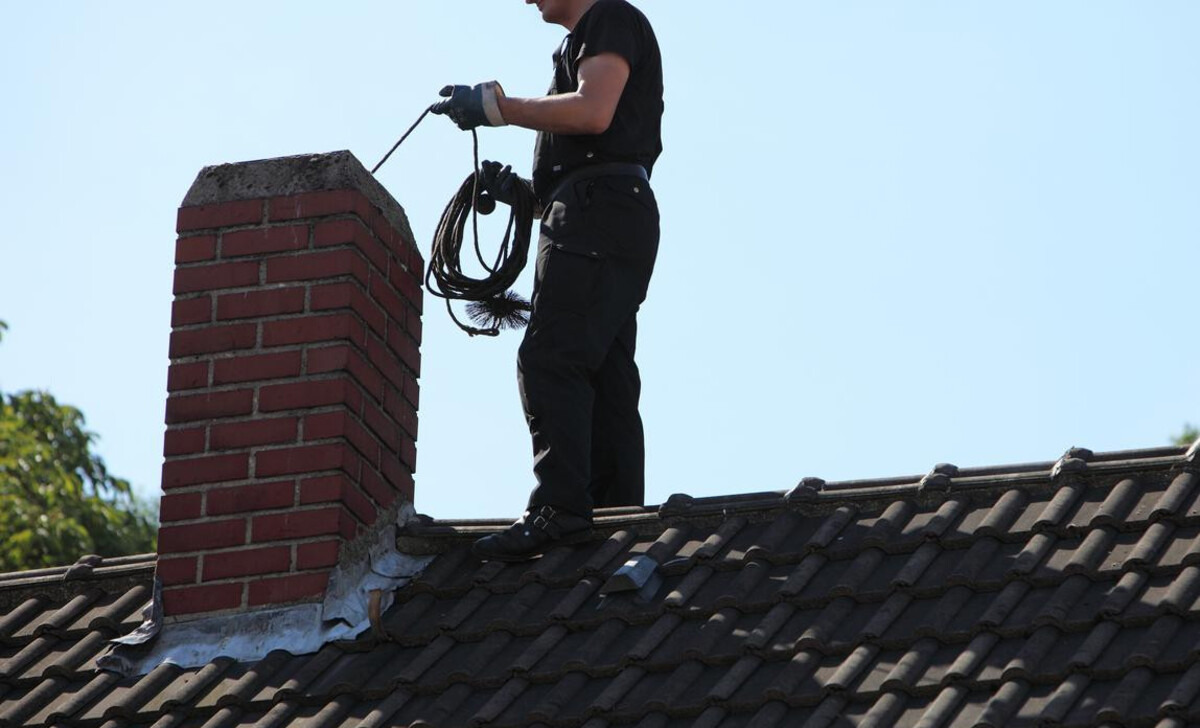
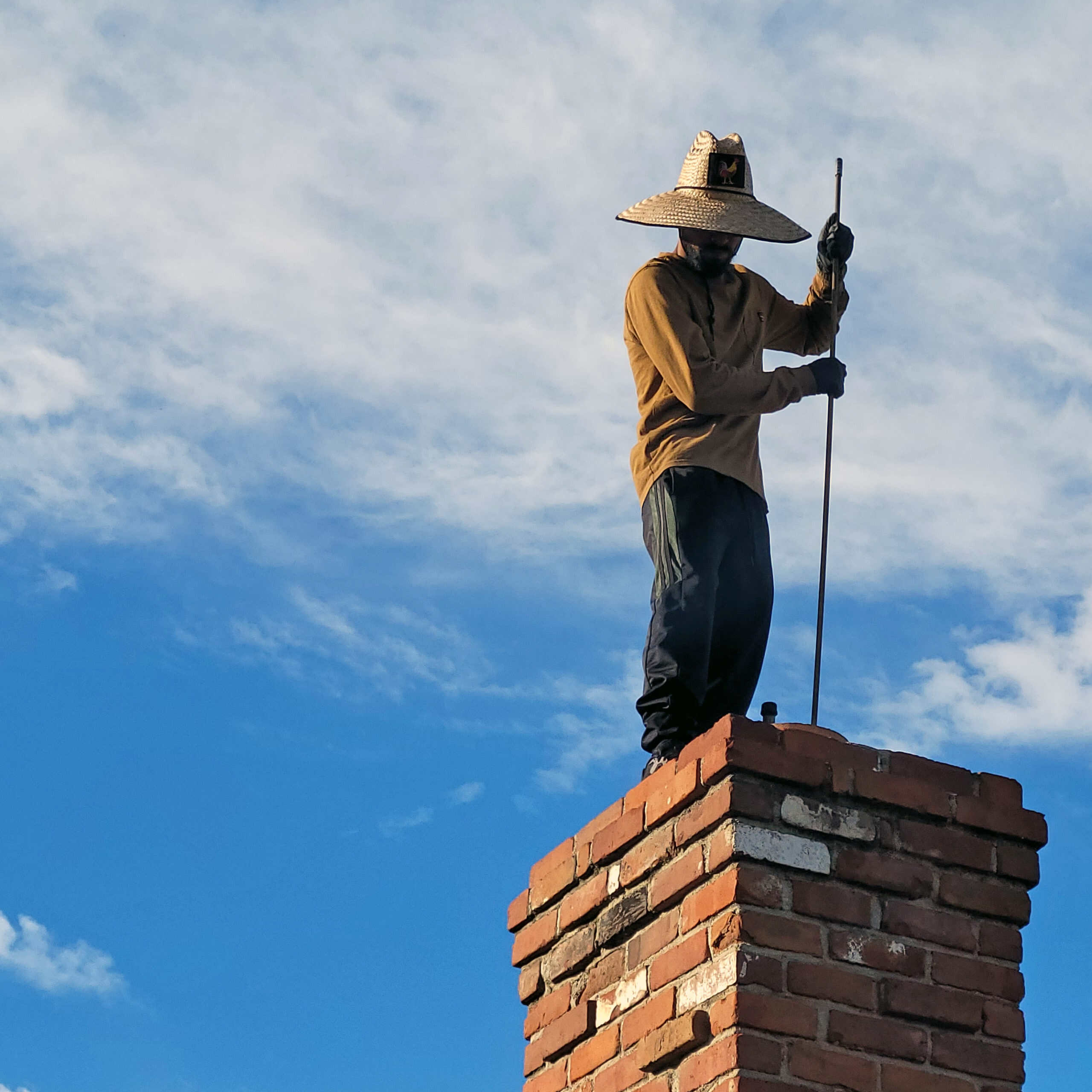
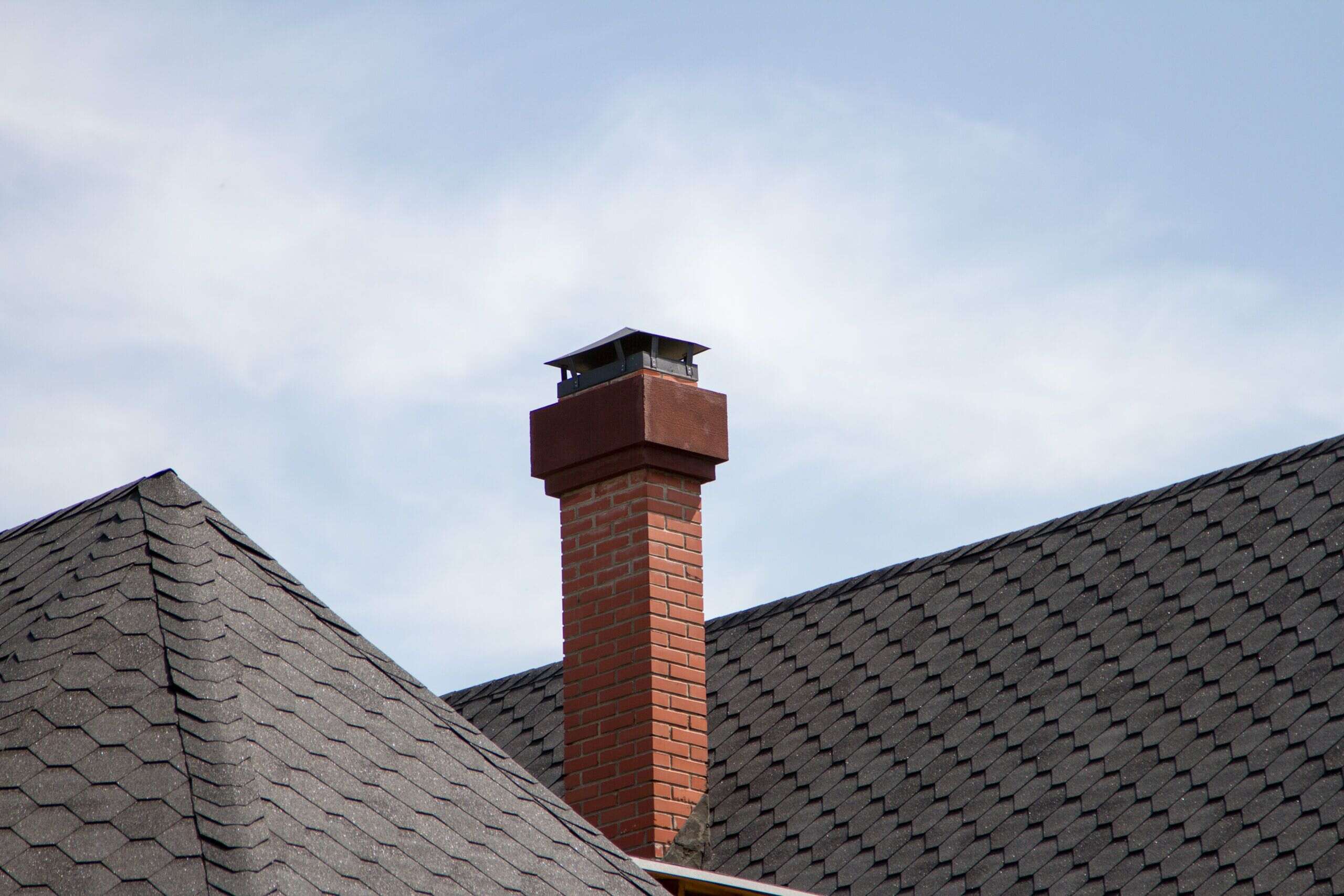
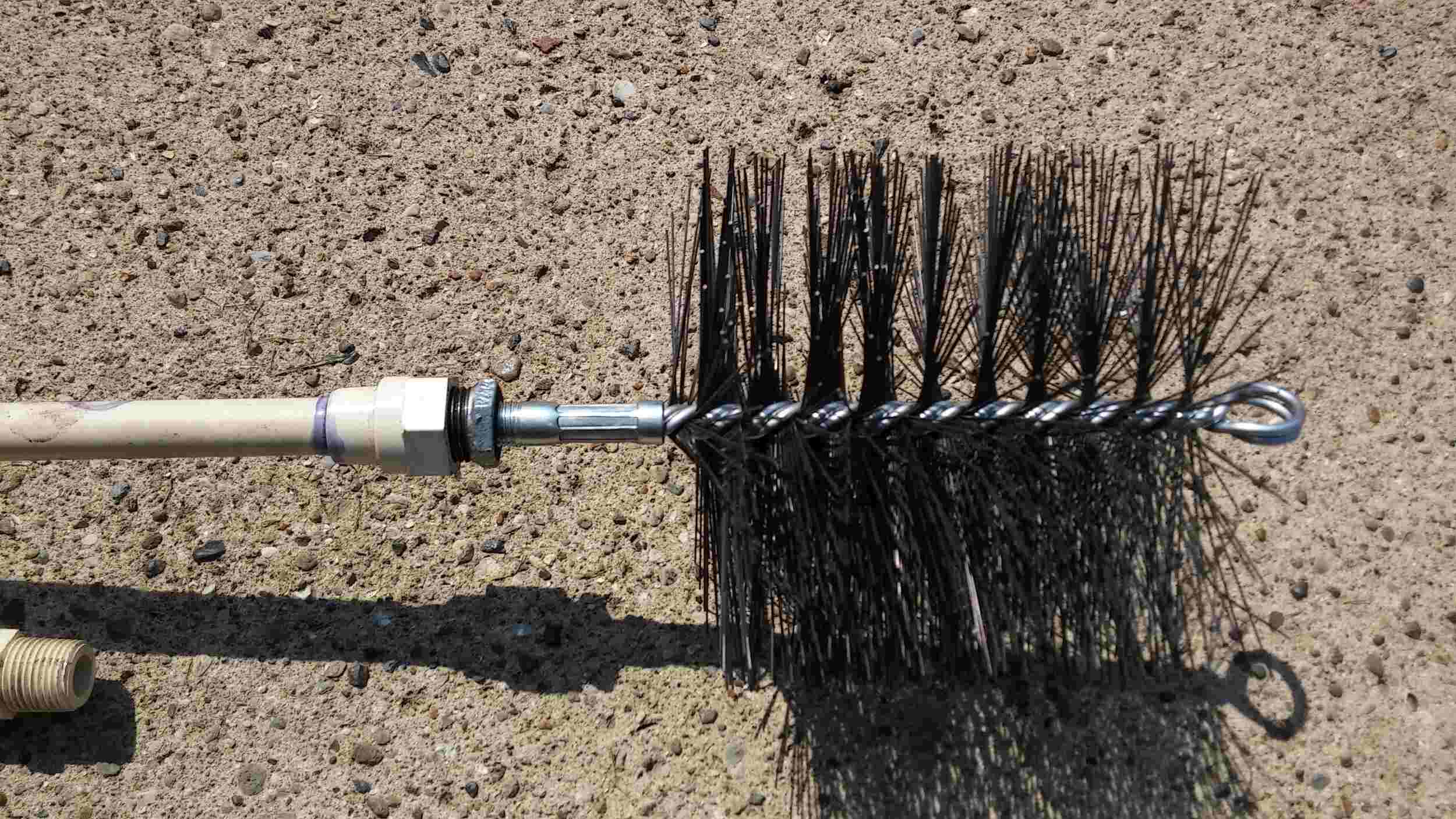
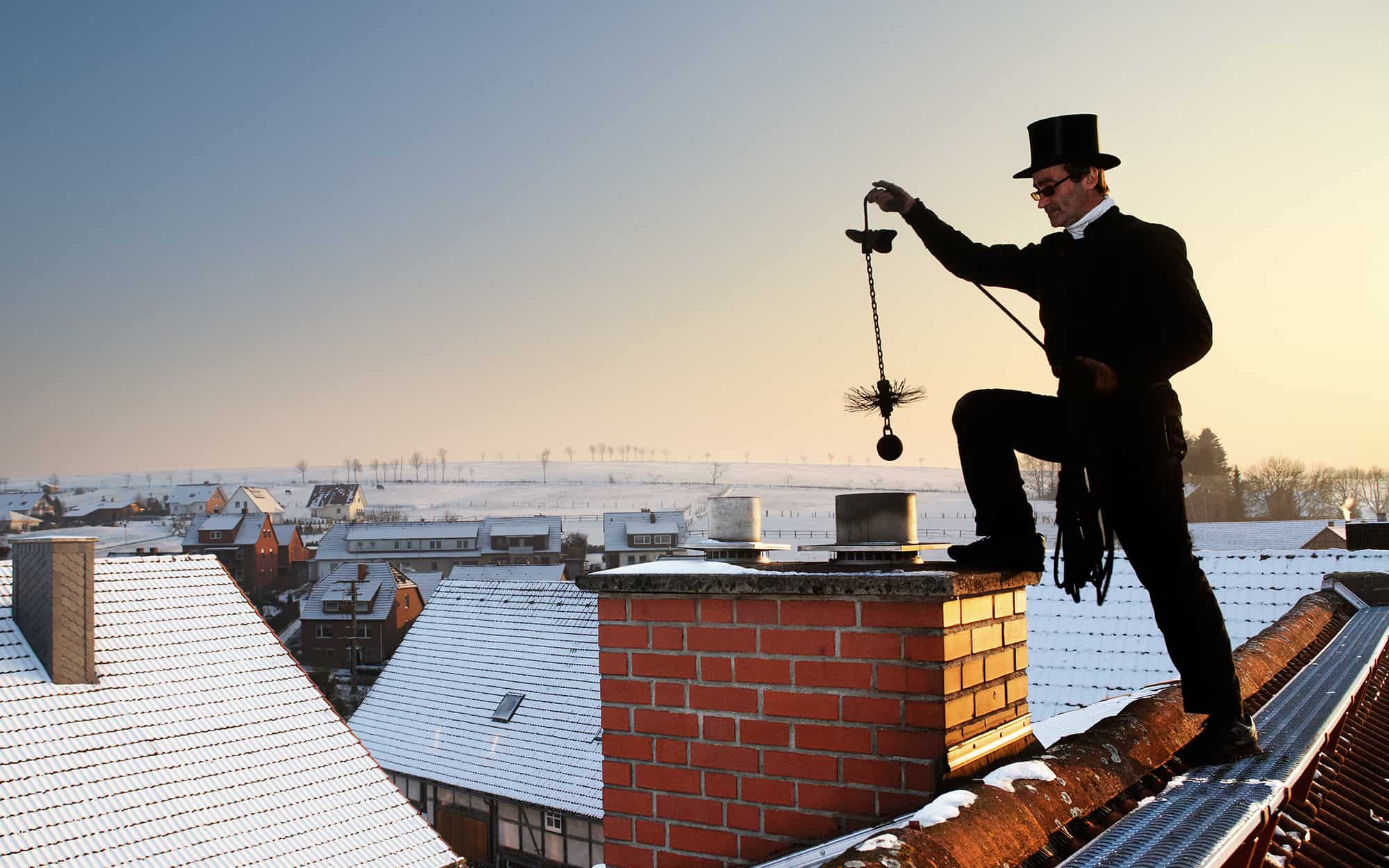

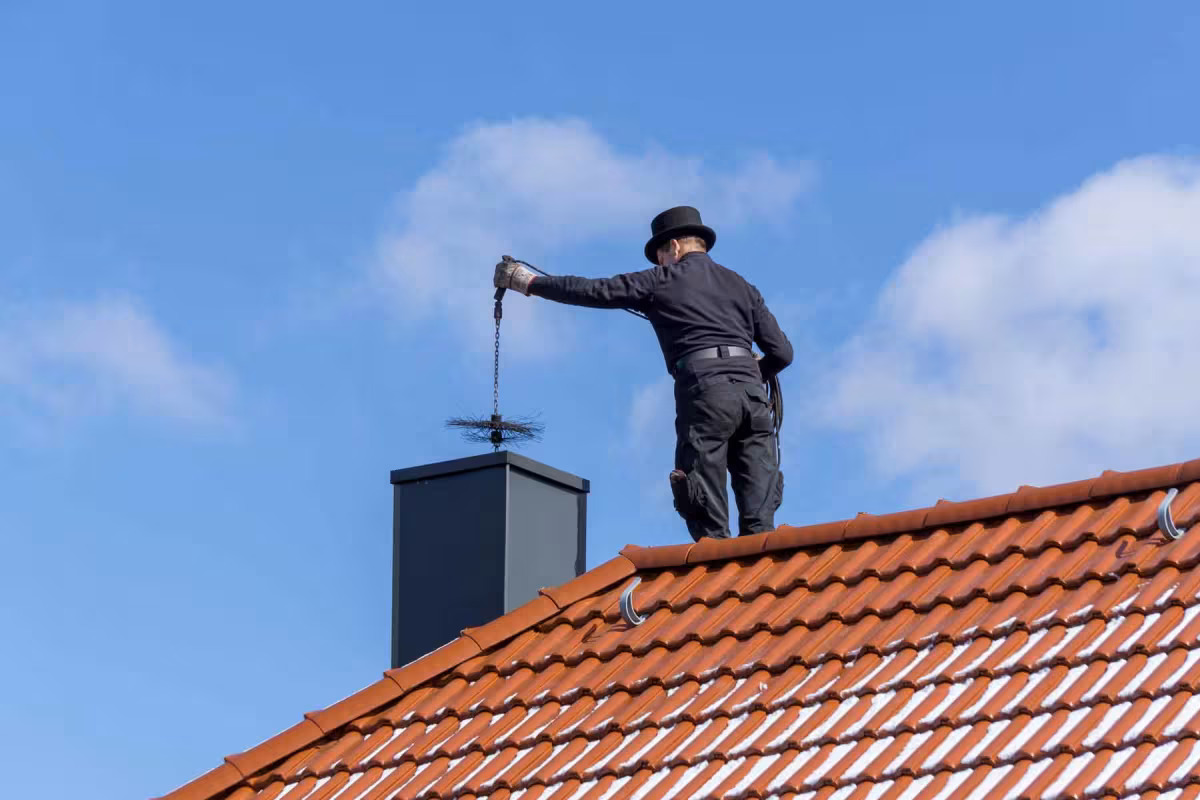
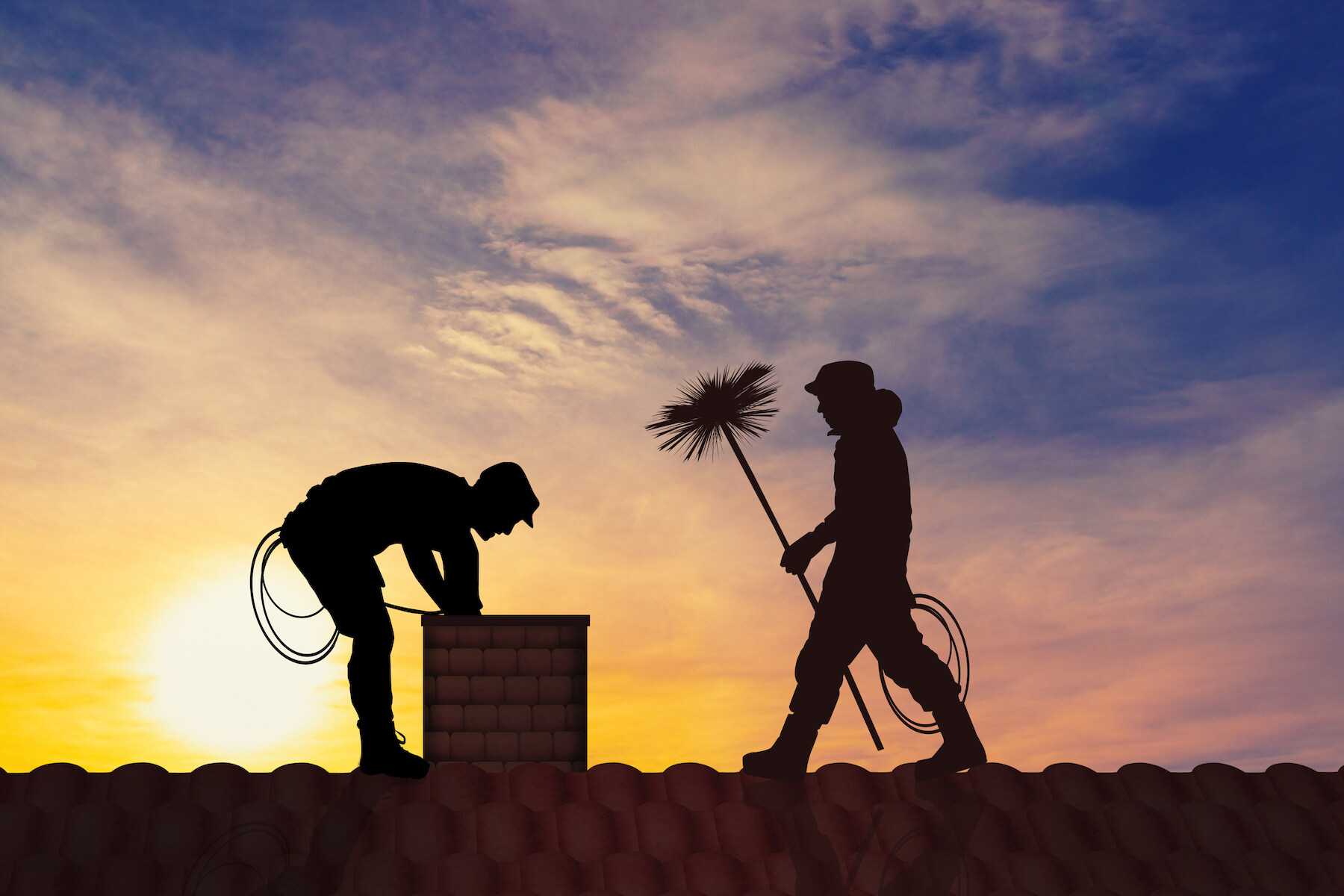
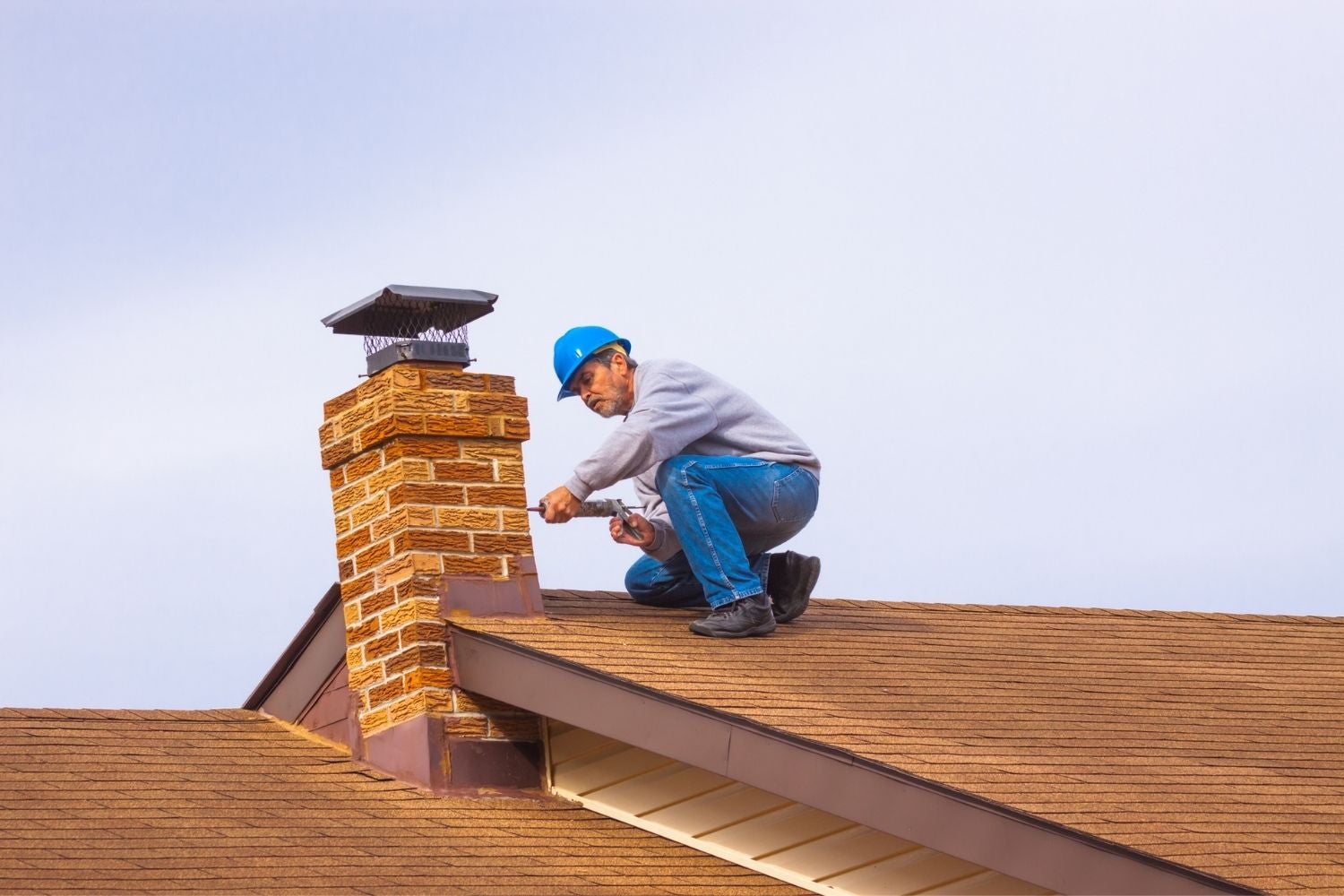
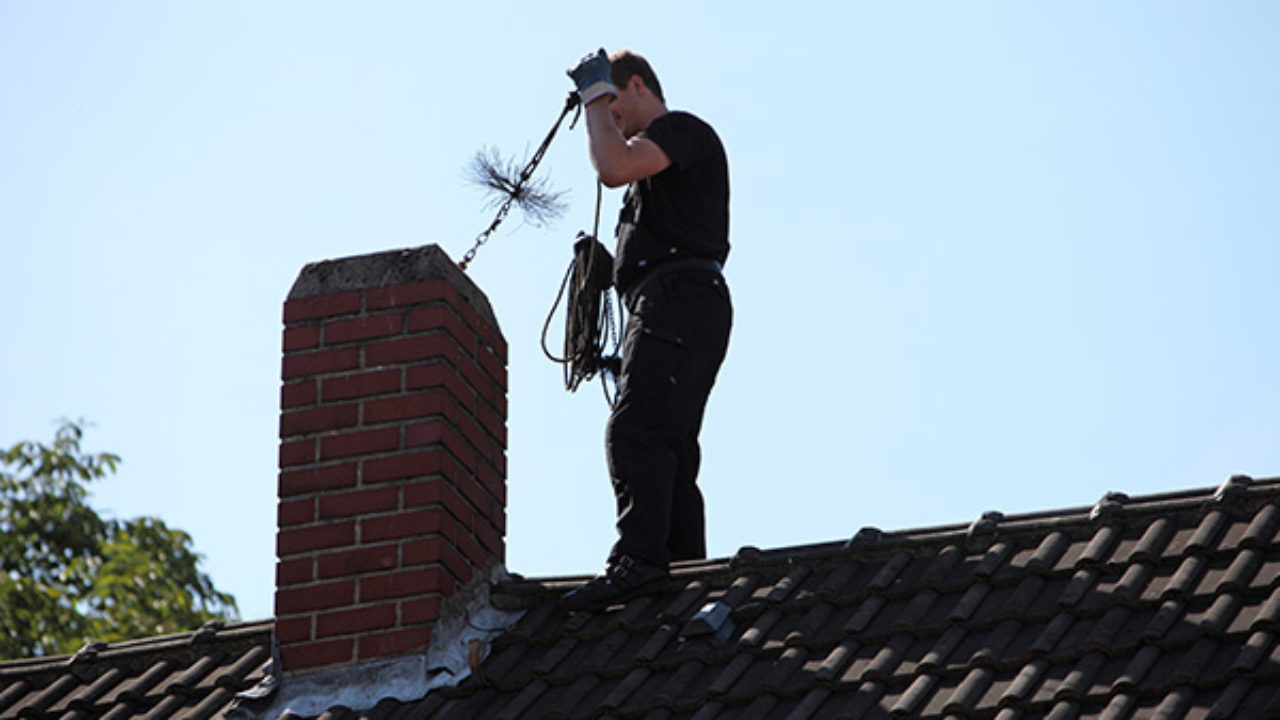
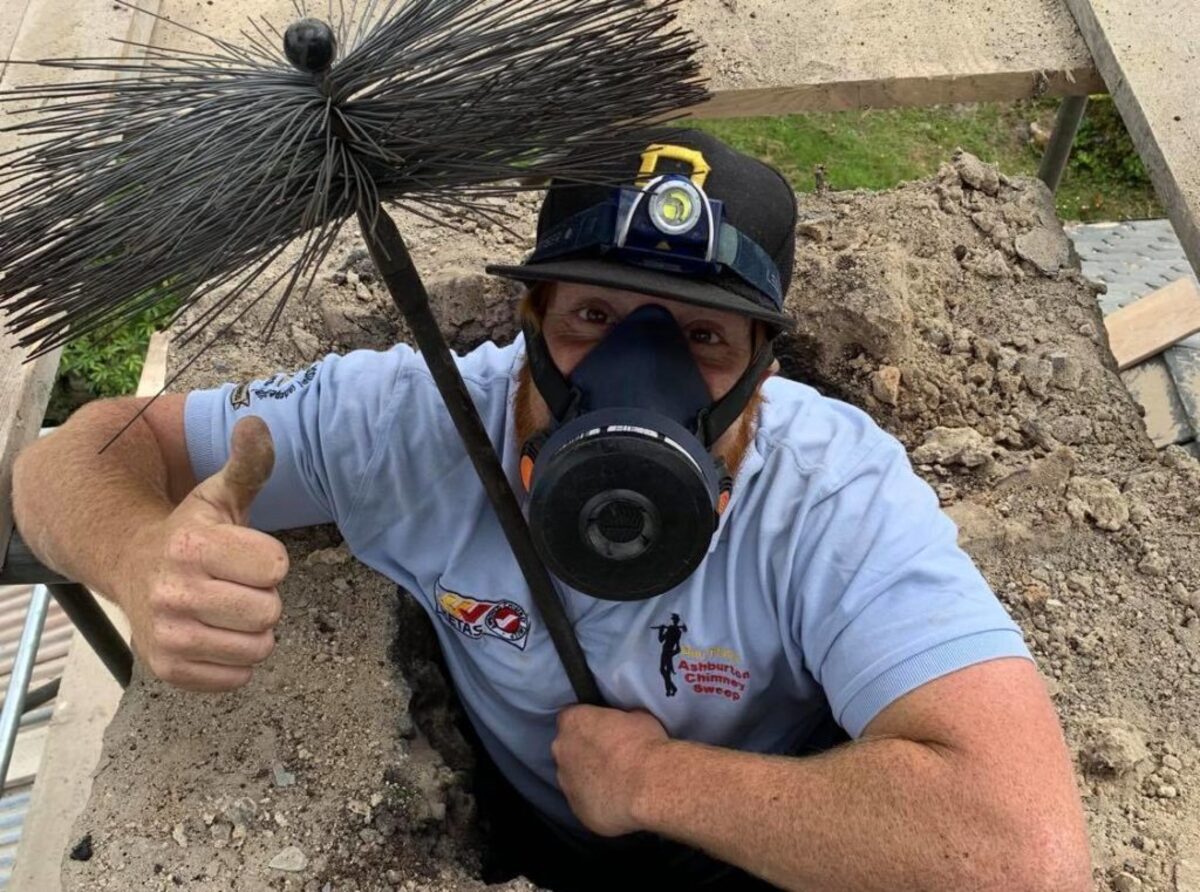


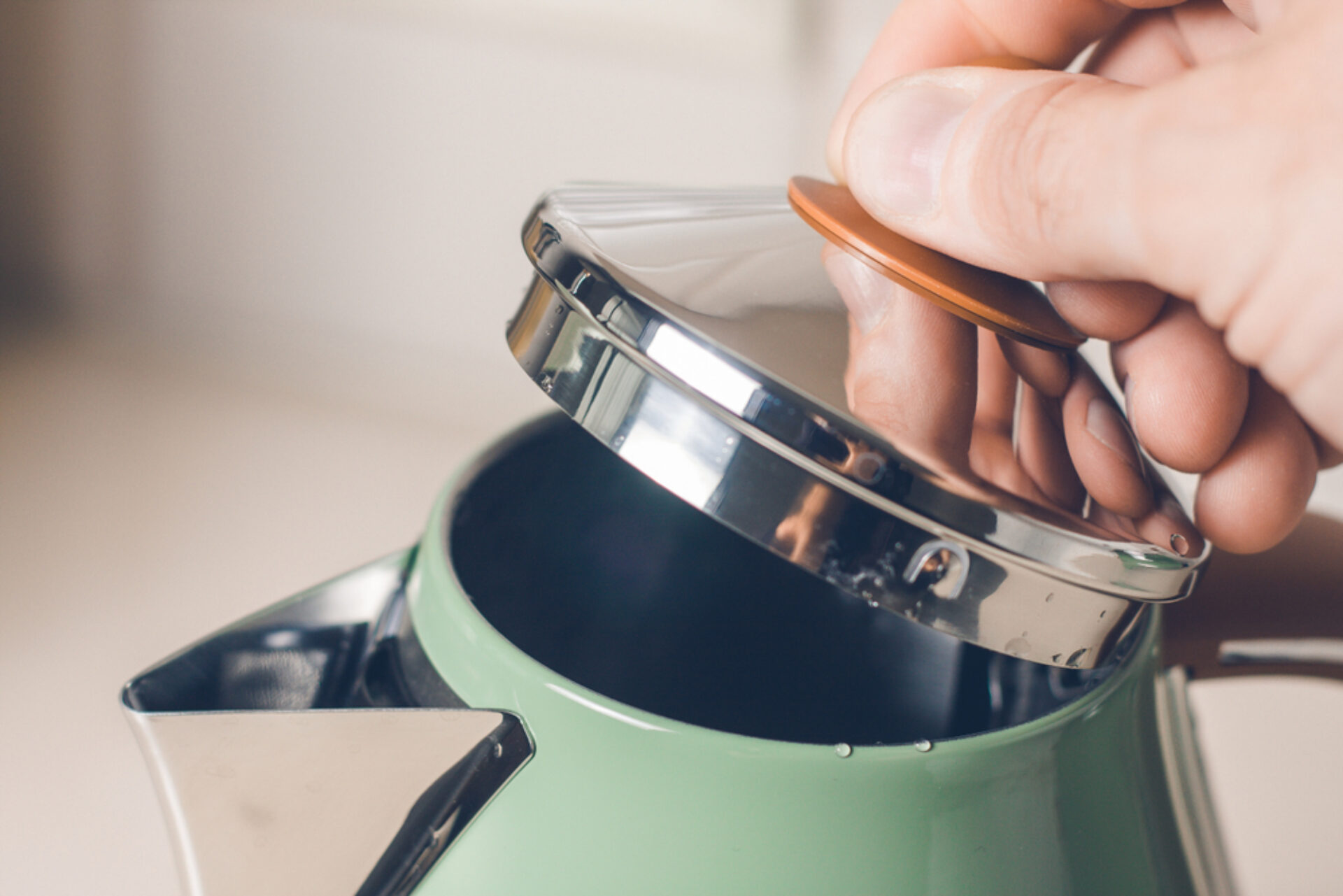

0 thoughts on “How Often Should You Sweep A Chimney”